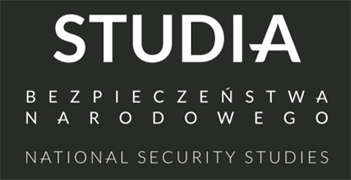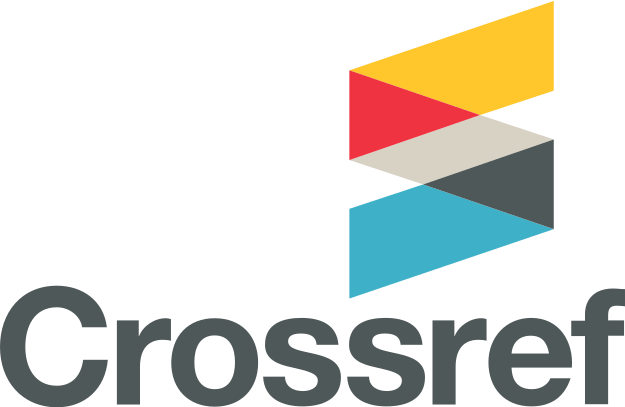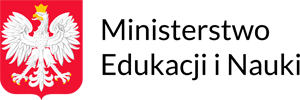Editing Requirements
We encourage you to familiarize yourself with article template.
Language: Polish, English.
Citation style: Taylor & Francis Harvard style footnotes (TF-V HarvardB), details are extensively described in content guidelines.
Publication length: up to 40,000 characters with spaces (including bibliography).
File format: .DOC or .DOCX.
Text format: A4.
Margins: 2.5 cm on each side.
Text spacing: justified.
Line spacing: 1.5 pt.
Paragraphs (left spacing, indentation): 1.25 pts.
Font: Times New Roman.
Title in the language of the main text: 12 pt, antique (plain), capital letters (capital), bold (bold).
Title in the language opposite to the main text (when the opposite language is Polish - proofreaders of the magazine will do it for you): 12 pt, antique (straight), all caps (capital), bold (bold).
Author's name: 12 pt, italics (cursive).
Affiliation: 12 pt, italics (cursive).
ORCID: 12 pt, italics (cursive).
Abstract in the language of the main text: 12 pt, antique (plain type).
Abstract in the language opposite to the main text (when the opposite language is Polish - proofreaders of the magazine will do it for you): 12 pt., antique (plain type).
Keywords in the language of the main text: 12 pt., antique (plain type).
Keywords in the language opposite to the main text (when the opposite language is Polish - proofreaders of the magazine will do it for you): 12 pts, antique (plain type).
Subtitles: no numbering, no dot at the end, centered, bold.
Quotes: italics (italics), enclosed in quotation marks.
Figures, pictures, charts and tables: 12 pts, antique (straight type), should be numbered consecutively,
have short titles placed above the object and the source below it, it is recommended to make drawings
in programs creating vector graphics, photographs/scans with a resolution of not less than 300 DPI.
References: regular numbering, alphabetical sorting, indentation - 0.75 pt.
We process personal data collected when visiting the website. The function of obtaining information about users and their behavior is carried out by voluntarily entered information in forms and saving cookies in end devices. Data, including cookies, are used to provide services, improve the user experience and to analyze the traffic in accordance with the Privacy policy. Data are also collected and processed by Google Analytics tool (more).
You can change cookies settings in your browser. Restricted use of cookies in the browser configuration may affect some functionalities of the website.
You can change cookies settings in your browser. Restricted use of cookies in the browser configuration may affect some functionalities of the website.








